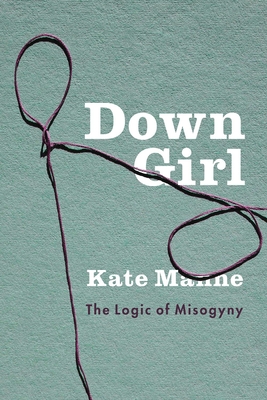Down Girl: The Logic of Misogyny
Kate Manne

This book hits the perfect “crossover” balance between academic and popular writing for me–something that I feel like I rarely find. For me, reading Manne felt a lot like reading Nussbaum. She’s very analytical and precise, but it never feels like that is her highest or primary goal–there’s a strong sense of social justice underlying the work as well. Like Nussbaum, Manne also liberally explores her ideas with literary references as well as current events. I like this style and wish more analytical writers used it. The concept of misogyny that she develops in the book seems to have a lot of utility and helps elucidate current events (I kept feeling like, too bad this book was released before the Kavanaugh hearings–but of course, the sad truth is that there’s an endless parade of events to illustrate Manne’s concepts). Although her neologism “himpathy” kind of grates on my ear, I can’t deny that it describes a meaningful concept, and it is catchy enough in its own way that I do remember it.
If you want a condensed version of this book, reading through the journalistic clips on Manne’s website will get you pretty close. I made the mistake of getting excited in the midst of reading the book and looking up stuff on her website, which meant that a lot of the back half of the book ended up being repetitive for me. I especially found it interesting to try to engage with her writing about Hillary Clinton. I was (and am!) a strong supporter of Sanders, for what I believe are good and substantive reasons. But Manne writes pretty convincingly about motivated reasoning (the way our rational brains will come up with post-hoc justifications for judgments that are at least in part driven by bias. One of the many downsides of patriarchal culture is that it makes it difficult, even if you really wish to do so, to determine by introspection which judgments are “legitimate” versus driven by cultural bias–despite knowing that statistically speaking, bias is likely driving our views at least in part.
Manne’s conclusion is certainly sobering: she more or less throws up her hands at the prospect of trying to curb misogyny by publicly identifying and criticizing it, because, as she argues persuasively, the very act of doing so has all the features that will trigger a misogynist reaction. Perhaps male allies can do some good while being (a bit!) less subject to the same reaction.